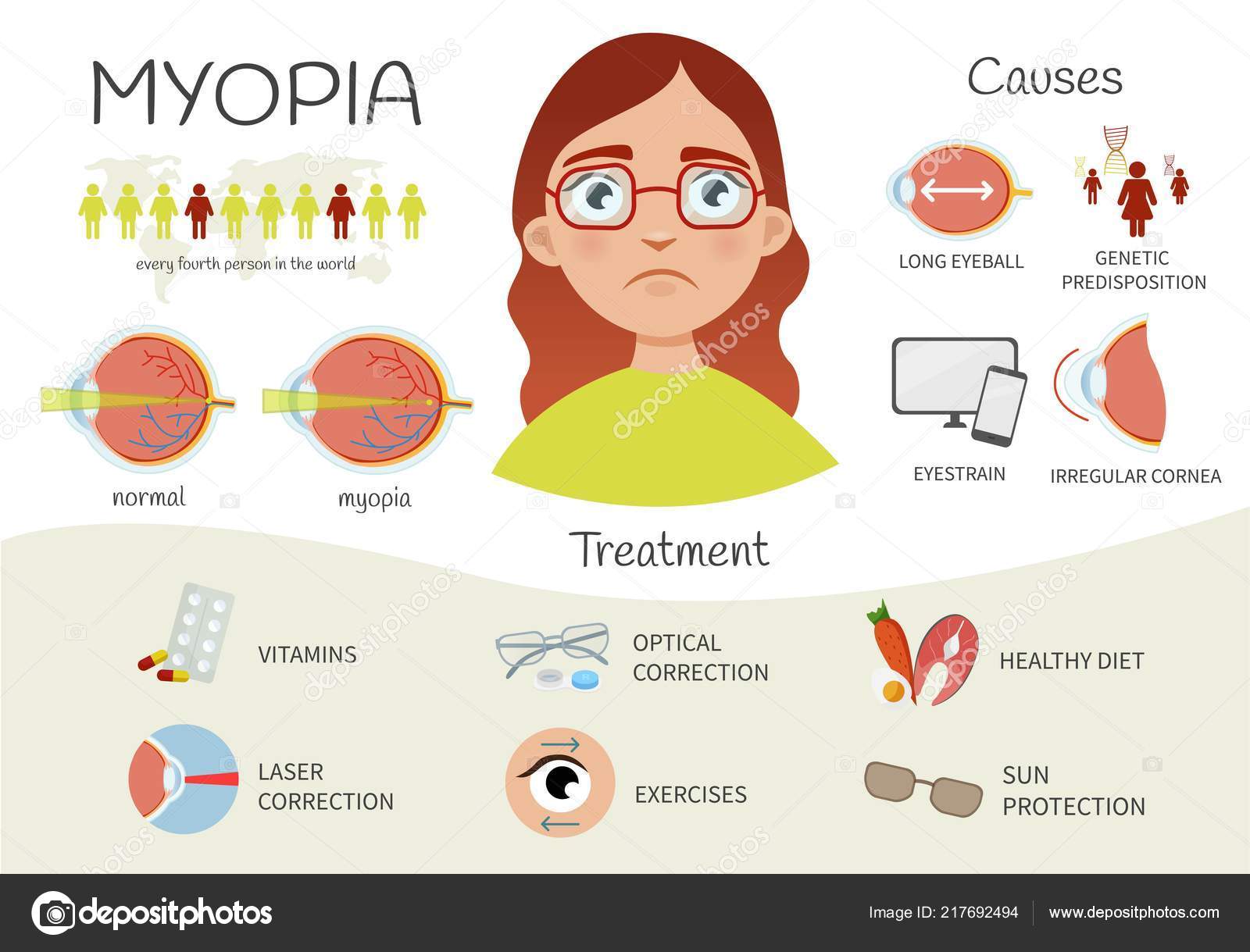The Growth Of Modern Cataract Surgical Treatment Approaches: A Complete Evaluation
The Growth Of Modern Cataract Surgical Treatment Approaches: A Complete Evaluation
Blog Article
Post Produced By-Burton Maynard
As you check out the evolution of innovative cataract surgery techniques, you'll witness a journey noted by resourcefulness and precision. From old methodologies that led the way for modern-day advancements to advanced innovations that are transforming the area, the detailed summary of cataract surgical treatment techniques is a testament to human development and dedication to improving patient outcomes. click for info in between historic methods and futuristic innovations develops an interesting narrative that sheds light on the advancement of one of one of the most typical operations worldwide.
Historic Techniques and Technologies
Explore exactly how very early surgeons revolutionized cataract therapy by utilizing cutting-edge strategies and tools. In the past, cataract surgical treatment was a high-risk and excruciating procedure. Nonetheless, old Indian doctors were amongst the first to attempt surgical interventions for cataracts, utilizing a technique called 'formulating' where a sharp instrument was utilized to press the cataract back into the eye. This method, though crude by today's standards, prepared for future improvements in cataract surgery.
As time advanced, Arab medical professionals made significant payments by creating specialized needles for cataract extraction. These needles were used to penetrate the cataract and after that remove it from the eye, marking a significant renovation in surgical accuracy.
Later, in the 18th century, the French cosmetic surgeon Jacques Daviel originated the method of extracapsular cataract extraction, where the entire lens was gotten rid of undamaged with a larger incision. This noted a significant development in cataract surgical procedure methods, leading the way for the modern treatments we make use of today.
Modern Surgical Approaches
Early methods in cataract surgical procedure have advanced substantially, leading to the growth of modern-day surgical approaches that prioritize precision and improved patient end results. Modern cataract surgery currently often involves a treatment called phacoemulsification, where an ultrasonic device breaks up the cataract for elimination with a small laceration. https://jaspermtzei.bloggip.com/26572332/recovery-steps-adhering-to-advanced-cataract-surgical-procedure allows for quicker recovery and decreases the risk of difficulties contrasted to older techniques.
Furthermore, the use of sophisticated intraocular lenses (IOLs) has actually transformed cataract surgical procedure end results. These lenses can correct not only the cataract however likewise various other refractive errors like astigmatism, reducing the need for glasses post-surgery.
Surgeons today also have access to sophisticated imaging technologies that aid in precise preoperative preparation and intraoperative decision-making. Optical coherence tomography (OCT) and various other imaging methods provide thorough pictures of the eye's frameworks, allowing for a more tailored technique to each patient's surgical procedure. With these developments, modern-day cataract surgical treatment strategies continue to boost, using patients safer procedures and far better visual results.
Emerging Technologies in Cataract Surgical Procedure
With developments in modern technology changing the field, cataract surgery is observing the integration of innovative techniques for improved patient end results. Arising modern technologies in cataract surgical procedure are improving the landscape of ocular treatments. One such advancement is femtosecond laser modern technology, which permits accurate corneal incisions, capsulotomies, and lens fragmentation, resulting in enhanced medical precision and results.
Additionally, intraoperative aberrometry is obtaining appeal, enabling real-time dimensions of refractive errors throughout surgery to improve intraocular lens power computations and minimize postoperative refractive surprises.
Moreover, making use of sophisticated imaging technologies like optical coherence tomography (OCT) and intraoperative wavefront aberrometry aids doctors in accurate medical planning and implementation. These tools give comprehensive physiological information and aid personalize surgical techniques for each person's special eye characteristics.
In addition, advancements in expert system are being checked out to help in preoperative planning, intraoperative decision-making, and postoperative treatment, possibly enhancing surgical results and patient fulfillment. Embracing these emerging innovations in cataract surgery holds pledge for more improving individual end results and ensuring the continued development of sensory surgical methods.
Conclusion
As you trip with the background of cataract surgery, you witness the improvement from ancient techniques to cutting-edge modern technologies. Like a phoenix climbing from the ashes, cataract surgical procedure has advanced into a beacon of hope and technology.
Just as a caterpillar emerges from its cocoon as a stunning butterfly, cataract surgical treatment has progressed into a polished art form, offering people clearer vision and a brighter future.
The development continues, beaming a light on limitless possibilities.
